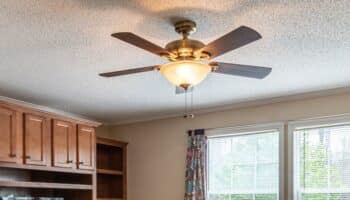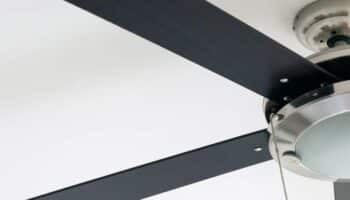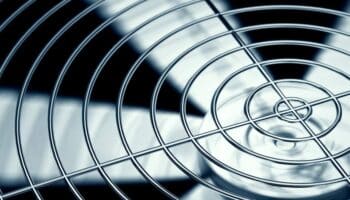Is your pedestal fan not working?
I’ve been there too! Being unable to use your pedestal fan because it’s experiencing issues can be super annoying, especially during summer.
Luckily, you’ve come to the right place.
If your pedestal fan stopped working, check the breaker, fuse, outlet, and power cord. You can also clean the fan and lubricate the motor and bearings to solve the problem.
Keep reading to learn how to fix a fan that won’t turn on or simply isn’t working.
Pedestal Fan Not Working? Try These 7 Simple Fixes
Different reasons can explain why your pedestal fan won’t turn on or is not working as expected. But don’t worry! In this section, I’ll guide you through all the solutions you can try.
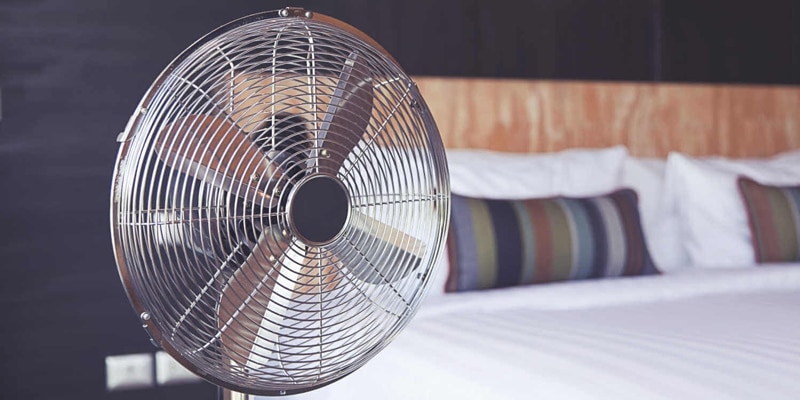
You’ll need a new fuse, cord, power outlet, and WD-40 for some fixes.
Are you ready to get your fan working again? Let’s dive in!
#1 Make Sure It’s Plugged in
If your pedestal fan won’t turn on, please ensure it’s plugged in.
I know checking the power connection seems like a simple solution, but you wouldn’t believe how many people I’ve seen realizing that their pedestal fan was not working simply because it wasn’t plugged in.
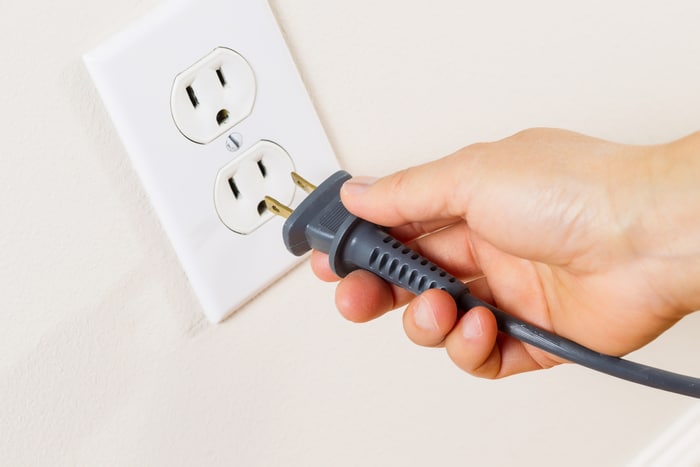
Even if your fan was initially plugged in, the power cord can become loose due to movement. Check the connection to ensure the cord is securely attached to the fan and the power outlet.
#2 Check Your Circuit Breaker
If your pedestal fan is still not working, ensure the outlet receives electricity.
Check the circuit panel and make sure that none of the breakers have tripped. If your panel isn’t labeled, I recommend testing each switch and resetting anything that tripped.
It’s also a good idea to investigate why a breaker has tripped. Ensure you’re not overloading the circuit, and check if any loose wires in the fan’s cord could be causing a short.
#3 Confirm That the Outlet Is Receiving Power
When I see a pedestal fan not working, I always ensure the outlet works by plugging in a receptacle tester.
You can use another small portable appliance if you don’t have a tester. If it powers up without issue, the outlet is working. If it doesn’t, then you have an electrical problem.
In such cases, I recommend calling a certified electrician. You should never attempt fixing electrical issues on your own.
#4 Check the Fan Fuse
If your standing fan stopped working, you’ll also need to check the fuse.
Many larger fans will have a thermal fuse that prevents damage to the device when there’s a surge in electrical current.
So, if your pedestal fan isn’t working, it could be due to a blown fuse. In such cases, I recommend unplugging your fan and inspecting the fuse. Look for a broken filament or darkened appearance.
Note: Please refer to the manufacturer’s manual for detailed instructions on accessing the fan’s fuse.
If the fuse is blown, you’ll need to replace it. Ensure you use a fuse with the same rating as the original one.
#5 Replace Damaged Cords
If you’ve tried the fixes above, but your pedestal fan won’t turn on or isn’t working as expected, please check the power cord.
Examine the cord’s entire length to ensure it isn’t damaged. Is the plug frayed, or has a pet chewed on it? Are the prongs bent?
If you identify any problems with the cord and don’t want to buy a new fan, you can replace the cord. Just ensure you purchase a new cord with the same plug and wire gauge type.
#6 Clean Your Fan
While uncommon, I’ve seen some pedestal fans experience issues due to dirt and debris buildup.
You see, dust and debris can impact your fan’s performance and cause airflow issues.
To solve the problem, please unplug the fan and use a vacuum cleaner or compressed air to remove all debris. Clean the grill and blades.
When cleaning the blades, pay attention to where they connect to the motor and rear bearing. If grime is difficult to remove, try using a mild detergent.
#7 Grease The Motor
If you turn your pedestal fan on and hear the motor running, but the blades aren’t turning, the gears are probably stuck.
Please remove the screws in the motor housing and use a lightweight oil such as WD-40 to lubricate the gears.
While you’re spraying the lubricant, make sure you turn the blades with your hand so that it spreads around evenly.
Most fans will have a plastic vent that allows heat to escape from the motor; please remove it. Once you have access to the central pin and bearings, see if you can turn the pin with your hand. If it sticks or resists, it needs to be lubricated.
Over time, the original lubrication on the pin wears down with each rotation of the blades. Stuck pins are one of the most common issues for any fan that is no longer spinning its blades.
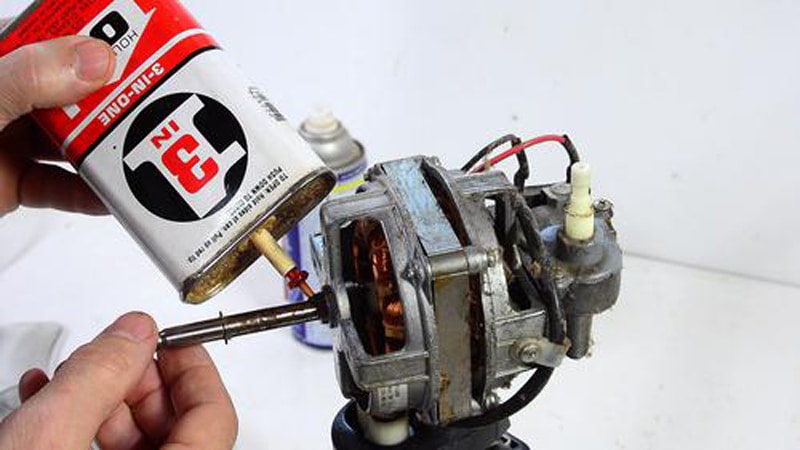
Spray your lubricant onto the front and back of the pin, making sure you use enough oil to completely coat the pin without getting any on the motor itself.
Wrapping Up: Your Guide to a Working Pedestal Fan
Hopefully, now you know how to fix your pedestal fan issues.
Remember that if your pedestal fan is not working, you must ensure it’s plugged in, check your circuit breaker, inspect the outlet and cord, and confirm that the thermal fuse is working. Don’t forget to clean your fan and lubricate the motor and bearings.
Thanks for reading. Hopefully, one of the above fixes helps you get your fan running again.
While you’re here, why not check out the related posts below? Perhaps we can help you with something else.







